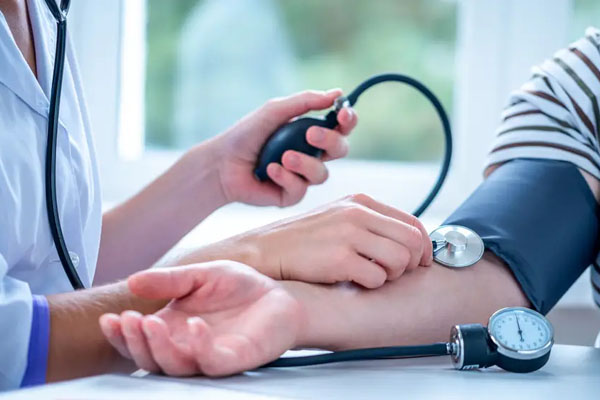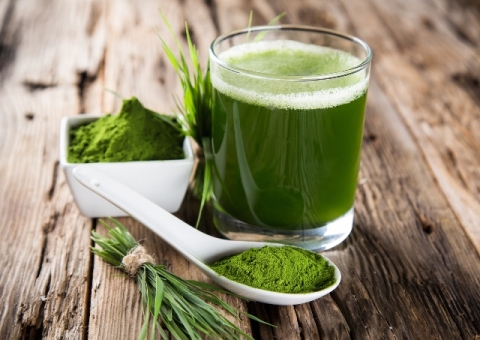Blood Pressure – What it is and What to look out for
Blood pressure is a combination of systolic and diastolic pressure. Systolic pressure represents blood force, or pressure, while the heart is beating and diastolic pressure stands for blood pressure when the heart is at rest.
Systolic pressure is the top measurement in a blood pressure reading. In a reading of 130/80, 130 represents systolic pressure and 80 represents diastolic pressure. In pre-hypertension, systolic numbers range from 120–129 and diastolic numbers are less than 80.
Blood pressure ranges include:
Normal: Less than 120/80 mm Hg
Pre-hypertension: Systolic between 120–129 and diastolic less than 80
Stage 1 high blood pressure: Systolic between 130–139 or diastolic between 80–89
Stage 2 high blood pressure: Systolic at least 140 or diastolic at least 90 mm Hg
High blood pressure happens when the pressure on the arteries and blood vessels becomes too high and the arterial wall becomes distorted causing extra stress on the heart. Long term-high blood pressure increases the risk of stroke, heart attack and diabetes.
Results of high blood pressure include:
- Arterial damage
- Aneurysm
- Heart failure
- Blocked or ruptured blood vessels
- Reduced kidney function
- Vision loss
- Loss of cognitive function: concentration, memory and ability to learn
- Metabolic syndrome: a cluster of metabolic disorders such as high cholesterol and insulin, atherosclerosis and increased waist size
There can be no symptoms as blood pressure increases, but warning signs for very high blood pressure can include chest pains, confusion, headaches, ear noise or buzzing, irregular heartbeat, nosebleeds, tiredness or vision changes.
Causes of high blood pressure include:
- High-salt diet
- Poor nutritional dietary intake
- Emotional stress
- Obesity
- Birth control pills
- Lack of exercise
- Alcohol
- Heavy-metal poisoning
- Caffeine
- Smoking
How to Monitor Your Blood Pressure
- Don’t exercise, eat, drink caffeinated beverages or smoke within 30 minutes of measuring your blood pressure.
- Sit still with your back straight and your feet flat on the floor. Follow your monitor’s instructions or ask your doctor how to use it correctly.
- Make sure you check your blood pressure at the same time each day.
- Check your blood pressure two or three times each time you sit down to measure it. Wait one minute in between each reading. Be sure to track your measurements, either writing them down in a journal or using an online tracker.

